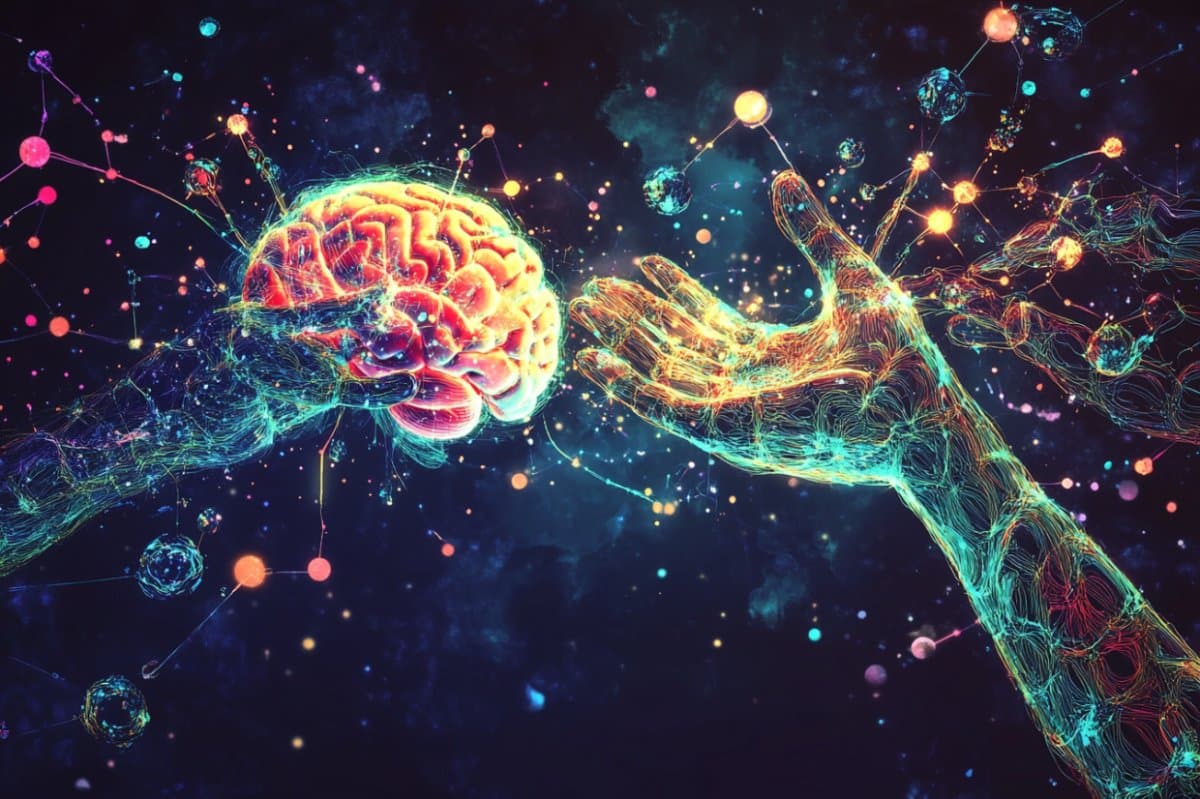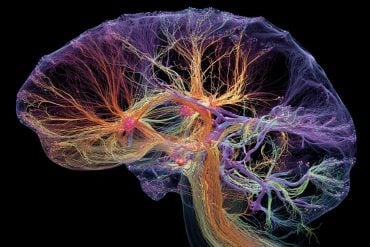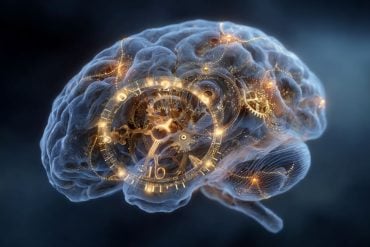Summary: A new study explores why some individuals are more inclined to help others, finding key differences in brain activity and oxytocin signaling. In rats, those that helped distressed peers showed increased activation in empathy- and motivation-related brain regions.
These helpful rats also had higher oxytocin receptor expression, suggesting that social bonding, not just emotional distress recognition, may drive prosocial behavior. The findings offer new insights into how attachment and empathy shape helping behavior in both animals and humans.
Key Facts:
- Brain Activation: Helpful rats showed stronger activity in brain regions linked to empathy and motivation.
- Role of Oxytocin: Higher oxytocin receptor levels supported social bonding and increased helping behavior.
- Prosocial Insight: Caring for others, more than simply recognizing distress, may drive acts of kindness.
Source: SfN
Why are some people more helpful than others?
In a new Journal of Neuroscience paper, Inbal Bartal, from Tel Aviv University, and colleagues used rats to explore why some individuals may be more receptive to the distress of others and how this information leads to helpful behavior.

During a task the researchers previously developed, they observed the behaviors and brain activity of helpful rats compared to less helpful rats.
In this task that probes helping behavior, rats are given the option to release a distressed peer trapped in a restrainer.
Rats were more likely to come to the aid of others that they had previous positive social interactions with.
These helpful rats had increased activity in brain regions associated with empathy and motivation compared to less helpful rats.
The researchers also observed that helper rats had increased oxytocin receptor expression in a brain region that drives motivation compared to the less helpful rats.
According to the authors, this could mean that caring for others, more than relating to others’ distresses, contributes to helpfulness.
When oxytocin signaling was inhibited, rats were less friendly with others, suggesting oxytocin may support helping by making rats feel attachment to others.
“We appear to live in an increasingly polarized society where there is a gap in empathy towards others. This work helps us understand prosocial, or helpful, acts better.
“We see others in distress all the time but tend to help only certain individuals.
“The similarity between human and rat brains helps us understand the way our brain mediates prosocial decisions,” says Bartel.
About this neuroscience and social behavior research news
Author: SfN Media
Source: SfN
Contact: SfN Media – SfN
Image: The image is credited to Neuroscience News
Original Research: Closed access.
“Neural and Behavioral Correlates of Individual Variability in Rat Helping Behavior: A Role for Social Affiliation and Oxytocin Receptors” by Inbal Bartal et al. Journal of Neuroscience
Abstract
Neural and Behavioral Correlates of Individual Variability in Rat Helping Behavior: A Role for Social Affiliation and Oxytocin Receptors
A prosocial response to others in distress is increasingly recognized as a natural behavior for many social species.
While prosocial behavior is more frequently observed towards familiar conspecifics, even within the same social context, some individuals are more prone to help than others.
In a rat helping behavior test where animals can release a distressed conspecific trapped inside a restrainer, most rats are motivated and consistently release the trapped rat (‘openers’), yet around 30% do not open the restrainer (‘non-openers’).
To characterize the difference between these populations, behavioral and neural markers were compared between opener and non-opener rats in males and females.
Openers showed significantly more social affiliative behavior both before and after door-opening compared to non-openers.
Oxytocin receptor mRNA levels were higher in the nucleus accumbens (NAc), but not the anterior insula, of openers. Several transcription control pathways were significantly upregulated in openers’ NAc.
Chemogenetically inhibiting paraventricular oxytocin neurons did not significantly impair helping, but did reduce sociality measures, indicating that helping does not rely solely on oxytocin signaling.
Analysis of brain-wide neural activity based on the immediate-early gene c-Fos in males revealed increased activity in openers in prosocial brain regions compared to non-openers.
These include regions associated with empathy in humans (insula, somatosensory, cingulate and frontal cortices), and motivation and reward regions such as the NAc.
These findings indicate that prosocial behavior may be predicted by affiliative behavior and activity in the prosocial neural network and provide targets for the investigation of causal mechanisms underlying prosocial behavior.






